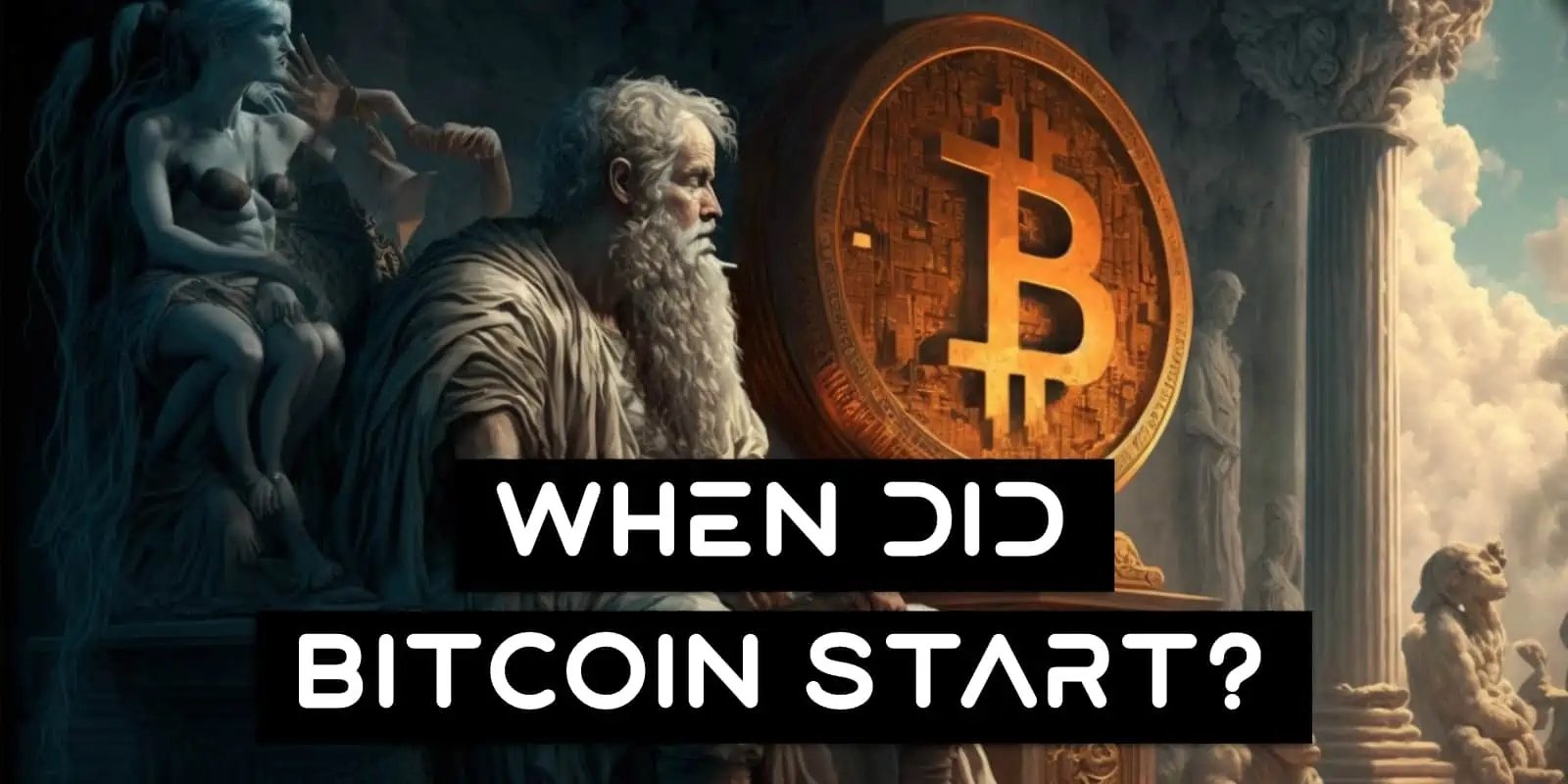Bitcoin is the world’s most famous cryptocurrency, often called “digital gold.” But where did it come from, and how did it become a global phenomenon? For beginners, understanding Bitcoin’s history is a great way to grasp its value and potential. This guide takes you through Bitcoin’s origins, key milestones, and its impact in 2025, all in simple terms to spark your curiosity about crypto.

What is Bitcoin?
Bitcoin is a decentralized digital currency that lets people send money online without banks or governments. It runs on a technology called blockchain, a secure, transparent ledger of all transactions. Created in 2009, Bitcoin was the first cryptocurrency, paving the way for thousands of others like Ethereum.
Why It Matters: Bitcoin’s promise of financial freedom and resistance to control made it a game-changer, inspiring investors and tech enthusiasts worldwide.
The Origins of Bitcoin
Bitcoin’s story starts with a mysterious figure and a bold idea. Let’s break it down.
1. Satoshi Nakamoto’s Vision (2008)
In October 2008, someone (or a group) using the pseudonym Satoshi Nakamoto published a whitepaper titled “Bitcoin: A Peer-to-Peer Electronic Cash System.” It outlined a new kind of money that could operate without banks, using cryptography to ensure security.
Key Idea: Satoshi wanted a currency free from centralized control, where people could transact directly and trust the system.
Fun Fact: No one knows who Satoshi is, and they disappeared in 2011, leaving Bitcoin to the community.
Tip: Read the original whitepaper on Bitcoin.org for a glimpse into its vision.

2. The First Bitcoin Block (2009)
On January 3, 2009, Satoshi mined the first Bitcoin block, called the “genesis block.” This marked Bitcoin’s official launch. The genesis block included a hidden message: a headline about bank bailouts, hinting at Bitcoin’s anti-establishment roots.
Milestone: Bitcoin’s blockchain was born, recording transactions securely without a central authority.
Example: Early miners, including Satoshi, earned 50 Bitcoins per block as a reward, worth pennies then but millions today.
Early Years of Bitcoin (2010–2013)
Bitcoin’s early days were a mix of experimentation, growth, and challenges. Here’s how it evolved.
1. The First Bitcoin Transaction (2010)
In May 2010, a programmer named Laszlo Hanyecz made history by buying two pizzas for 10,000 Bitcoins, valued at about $40 then. This was the first real-world Bitcoin transaction, proving it could be used as money.
Fun Fact: Those 10,000 Bitcoins would be worth over $500 million in 2025!
Tip: Learn about Bitcoin’s early days on CoinDesk.
2. Rise of Exchanges and Price Growth (2011–2012)
Bitcoin exchanges like Mt. Gox let people buy and sell Bitcoins, boosting its popularity. By 2011, Bitcoin’s price hit $1, then climbed to $30 before crashing to $2, showing its volatility.
Milestone: Exchanges made Bitcoin accessible, but Mt. Gox’s 2014 hack (losing 850,000 Bitcoins) highlighted security risks.
Tip: Use trusted exchanges like Coinbase today to avoid similar risks.
:max_bytes(150000):strip_icc():format(webp)/INV_CryptoCoinImage_25-f0c18a6d15d74d4c801fab4d60c0453f.jpg)
3. Growing Awareness and Controversy (2013)
By 2013, Bitcoin’s price surged to $1,000, driven by media buzz and adoption. But it faced scrutiny for its use on darknet markets like Silk Road, raising concerns about illegal activity.
Milestone: Bitcoin proved it wasn’t just a fad, but its reputation took hits from early scandals.
Bitcoin’s Mainstream Breakthrough (2014–2020)
Bitcoin matured as businesses and investors embraced it, despite ups and downs.
1. Business Adoption (2014–2016)
Companies like Microsoft and Overstock began accepting Bitcoin payments, boosting its legitimacy. The price stabilized around $200–$600, encouraging more investors.
Example: In 2014, you could buy software from Microsoft with Bitcoin, showing its growing acceptance.
2. The 2017 Bull Run
In 2017, Bitcoin’s price skyrocketed to nearly $20,000, fueled by retail investor mania and the rise of other cryptocurrencies (altcoins). But a crash followed, dropping to $3,000 by 2018.
Lesson: Bitcoin’s volatility became clear, teaching investors to expect wild swings.
Tip: Track historical prices on CoinGecko to understand trends.

3. Institutional Investment (2020)
By 2020, big players like PayPal and Tesla embraced Bitcoin, and hedge funds started buying. Bitcoin hit $29,000, driven by institutional trust and fears of inflation.
Milestone: Bitcoin became a “store of value,” like gold, for many investors.
Bitcoin’s Modern Era (2021–2025)
Bitcoin continued to grow, facing new challenges and opportunities in 2025.
1. All-Time Highs and Crashes (2021–2022)
In 2021, Bitcoin peaked at $69,000, driven by hype and easy money policies. But 2022’s economic tightening and crypto scandals crashed it to $16,000.
Lesson: External factors like interest rates impact Bitcoin’s price.
Tip: Stay updated on market news via Cointelegraph.
2. Global Adoption (2023–2024)
Countries like El Salvador adopted Bitcoin as legal tender in 2021, and others explored it by 2024. Bitcoin ETFs (exchange-traded funds) also launched, making it easier for mainstream investors to buy.
Example: In 2024, Bitcoin ETFs attracted billions, boosting its price to new highs.
3. Bitcoin in 2025
In 2025, Bitcoin remains a leader in crypto, with prices fluctuating based on adoption, regulation, and market sentiment. Its halving events (every four years, reducing mining rewards) continue to influence supply and price.
Fun Fact: The 2024 halving cut mining rewards to 3.125 Bitcoins per block, making Bitcoin scarcer.

Why Bitcoin’s History Matters for Beginners
Understanding Bitcoin’s journey helps you see its potential and risks:
- Proven Resilience: Bitcoin survived crashes, hacks, and bans, showing staying power.
- Volatility: Wild price swings are normal, so plan for the long term.
- Innovation: Its blockchain tech inspired thousands of projects.
- Risks: Scams and regulatory hurdles remain challenges.
Tip: Learn from Bitcoin’s past on CoinDesk before investing.
How to Start with Bitcoin Safely
Inspired by Bitcoin’s history? Here’s how to begin investing in 2025 without falling into traps.
1. Choose a Trusted Exchange
Buy Bitcoin on secure platforms to avoid early Bitcoin pitfalls like Mt. Gox.
Recommended Exchanges:
How to Start: Sign up, verify your identity, and buy $10–$50 of Bitcoin.
2. Secure Your Bitcoin
Protect your investment from hacks, a lesson from Bitcoin’s early exchange failures.
How to Do It:
- Use a hardware wallet like Ledger for safe storage.
- Enable 2FA on exchanges with Google Authenticator.
- Store your seed phrase offline on paper, never digitally.
Example: A Ledger wallet prevents losses from exchange hacks.
3. Start Small and Use DCA
Bitcoin’s history shows volatility, so invest cautiously with dollar-cost averaging (DCA).
How to Do It: Buy $10 weekly on Coinbase to average your purchase price.
Example: DCA softens the impact of a 30% price drop, unlike buying all at once.
4. Avoid Scams
Bitcoin’s rise attracted scammers. Stay safe by avoiding traps seen in its history.
How to Do It:
- Never share your seed phrase.
- Ignore “free Bitcoin” offers on X.
- Verify platforms on Cointelegraph.
Example: Fake giveaways mimic early Bitcoin hype but steal funds.
Conclusion
Bitcoin’s history is a wild ride of innovation, volatility, and growth, from Satoshi’s 2008 vision to its 2025 status as a global asset. Understanding its origins and milestones helps beginners see its potential and risks. Start with a trusted exchange like Coinbase, secure your funds with a Ledger wallet, and learn more on CoinDesk. With these steps, you’ll explore Bitcoin’s world safely and join its exciting journey in 2025!






















